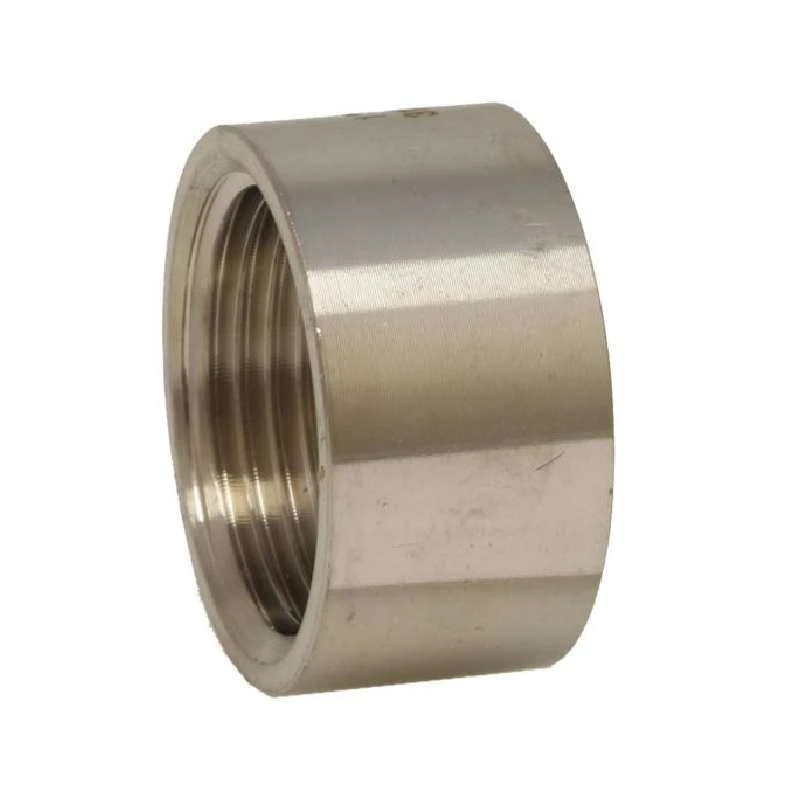-
Cangzhou Yulong Steel Co., Ltd.
-
Phone:
+86 13303177267 -
Email:
admin@ylsteelfittings.com
- English
- Arabic
- Italian
- Spanish
- Portuguese
- German
- kazakh
- Persian
- Greek
- French
- Russian
- Polish
- Thai
- Indonesian
- Vietnamese
- Zulu
- Korean
- Uzbek
- Hindi
- Serbian
- Malay
- Ukrainian
- Gujarati
- Haitian Creole
- hausa
- hawaiian
- Hebrew
- Miao
- Hungarian
- Icelandic
- igbo
- irish
- Japanese
- Javanese
- Kannada
- Khmer
- Rwandese
- Afrikaans
- Albanian
- Amharic
- Armenian
- Azerbaijani
- Basque
- Belarusian
- Bengali
- Bosnian
- Bulgarian
- Catalan
- Cebuano
- China
- China (Taiwan)
- Corsican
- Croatian
- Czech
- Danish
- Esperanto
- Estonian
- Finnish
- Frisian
- Galician
- Georgian
- Kurdish
- Kyrgyz
- Lao
- Latin
- Latvian
- Lithuanian
- Luxembourgish
- Macedonian
- Malgashi
- Malayalam
- Maltese
- Maori
- Marathi
- Mongolian
- Myanmar
- Nepali
- Norwegian
- Norwegian
- Occitan
- Pashto
- Dutch
- Punjabi
- Romanian
- Samoan
- Scottish Gaelic
- Sesotho
- Shona
- Sindhi
- Sinhala
- Slovak
- Slovenian
- Somali
- Sundanese
- Swahili
- Swedish
- Tagalog
- Tajik
- Tamil
- Tatar
- Telugu
- Turkish
- Turkmen
- Urdu
- Uighur
- Welsh
- Bantu
- Yiddish
- Yoruba

Nov . 30, 2024 02:17 Back to list
en 10216 2 pipe dimensions
Understanding EN 10216-2 Pipe Dimensions and Specifications
In the world of engineering and construction, the specifications and dimensions of pipes are critical for ensuring safety, functionality, and compatibility in various applications. One of the key standards that govern the dimensions of pipes used in the manufacturing and construction industries is EN 10216-2, a European standard that outlines the technical delivery conditions for seamless steel pipes for pressure purposes.
Overview of EN 10216-2
EN 10216-2 is part of a series of standards that provide guidelines about the characteristics, manufacturing processes, and testing requirements of seamless steel pipes. This specific standard focuses on pipes made from non-alloy and alloy steel, particularly those intended for use in high-temperature or high-pressure environments, such as power plants and petrochemical facilities. The standard emphasizes safety and reliability under various operating conditions, enabling engineers and designers to select appropriate materials for their projects.
Key Dimensions
The EN 10216-2 standard specifies several critical dimensions that pipe manufacturers must adhere to, ensuring consistency and interchangeability. Some of the primary dimensions include
1. Outer Diameter (OD) The outer diameter of the pipe is crucial for defining its compatibility with flange connections, fittings, and other components in a piping system. Standardized outer diameters help simplify the process of selecting and integrating pipes into various systems.
2. Wall Thickness The wall thickness of pipes is essential for determining their strength and ability to withstand internal pressures. EN 10216-2 provides specific thickness ranges, which vary according to the diameter of the pipe and the pressure requirements of the application.
3. Length Standard lengths of pipes are also defined, allowing for easier transportation and handling. While specific lengths may be dictated by project requirements, standardization enables manufacturers to produce sections that can be easily combined in the field.
en 10216 2 pipe dimensions

4. Tolerance and Straightness The standard outlines acceptable tolerances for diameters and wall thicknesses. This ensures that pipes can be fitted together without issues, maintaining the integrity of the installed system. Additionally, straightness is a specification that affects how pipes fit into the overall layout of a piping system.
Material Specifications
Materials classified under EN 10216-2 include a range of carbon and alloy steels. Each material has specific mechanical and chemical properties, making them suitable for different applications. For instance, some materials might be better suited for environments with high temperatures due to their enhanced strength properties, while others may be selected for their resistance to corrosion.
Testing Requirements
To guarantee that pipes meet the stringent standards set forth in EN 10216-2, various testing protocols must be followed. These include
- Hydrostatic Testing This test checks the strength and leak-tightness of the pipes by subjecting them to high-pressure water tests. - Non-Destructive Testing (NDT) Techniques such as ultrasonic testing, magnetic particle inspection, and radiographic testing help detect internal or surface flaws without damaging the pipe. - Chemical Analysis The chemical composition of the steel is analyzed to confirm it meets the specified criteria, ensuring the material's properties align with the intended application.
Conclusion
Understanding the dimensions and specifications outlined in EN 10216-2 is essential for engineers, procurement specialists, and project managers involved in industries that rely heavily on seamless steel pipes. By adhering to these standards, stakeholders can ensure the safety, reliability, and efficiency of their systems. This standard not only promotes quality manufacturing practices but also helps in establishing a common language across countries and industries, facilitating international trade and cooperation.
In summary, the EN 10216-2 standard is a foundational element that underpins the successful application of seamless steel pipes in high-pressure and high-temperature environments. By investing in the knowledge and adherence to these specifications, professionals can better ensure the longevity and durability of their piping systems, ultimately translating to safer and more efficient industrial operations.
Latest news
-
ANSI 150P SS304 SO FLANGE
NewsFeb.14,2025
-
ASTM A333GR6 STEEL PIPE
NewsJan.20,2025
-
ANSI B16.5 WELDING NECK FLANGE
NewsJan.15,2026
-
ANSI B16.5 SLIP-ON FLANGE
NewsApr.19,2024
-
SABS 1123 FLANGE
NewsJan.15,2025
-
DIN86044 PLATE FLANGE
NewsApr.19,2024
-
DIN2527 BLIND FLANGE
NewsApr.12,2024
-
JIS B2311 Butt-Welding Fittings LR/SR 45°/90° /180°Seamless/Weld
NewsApr.23,2024











